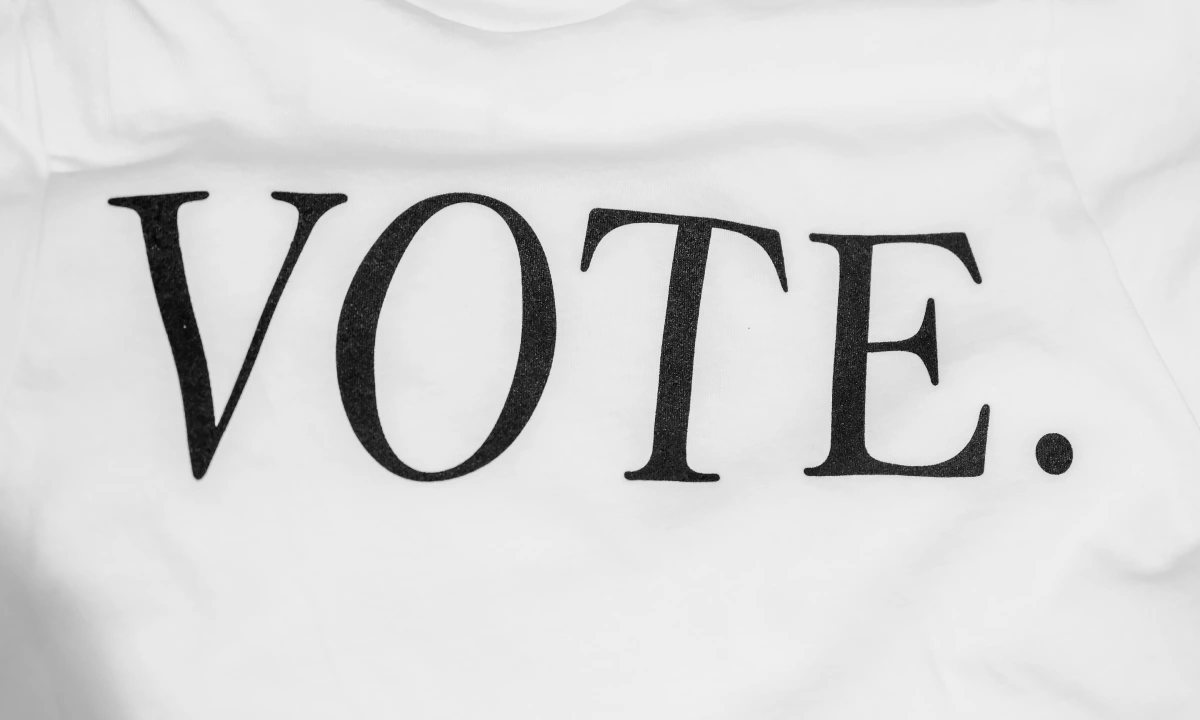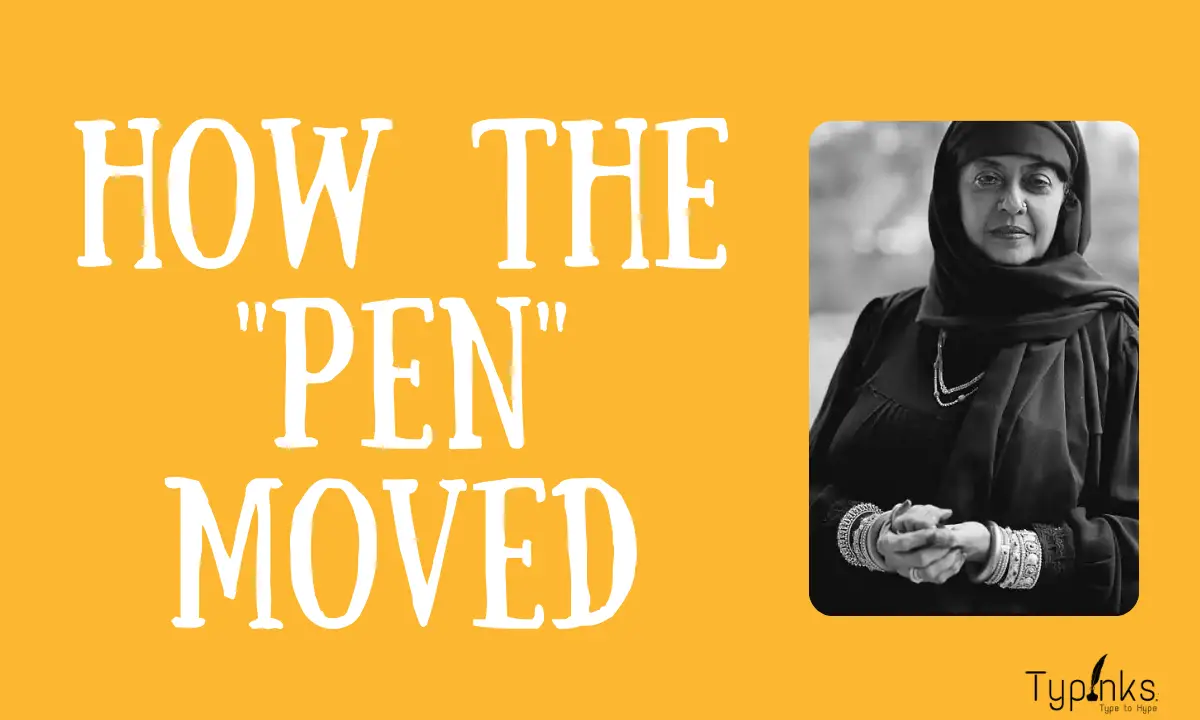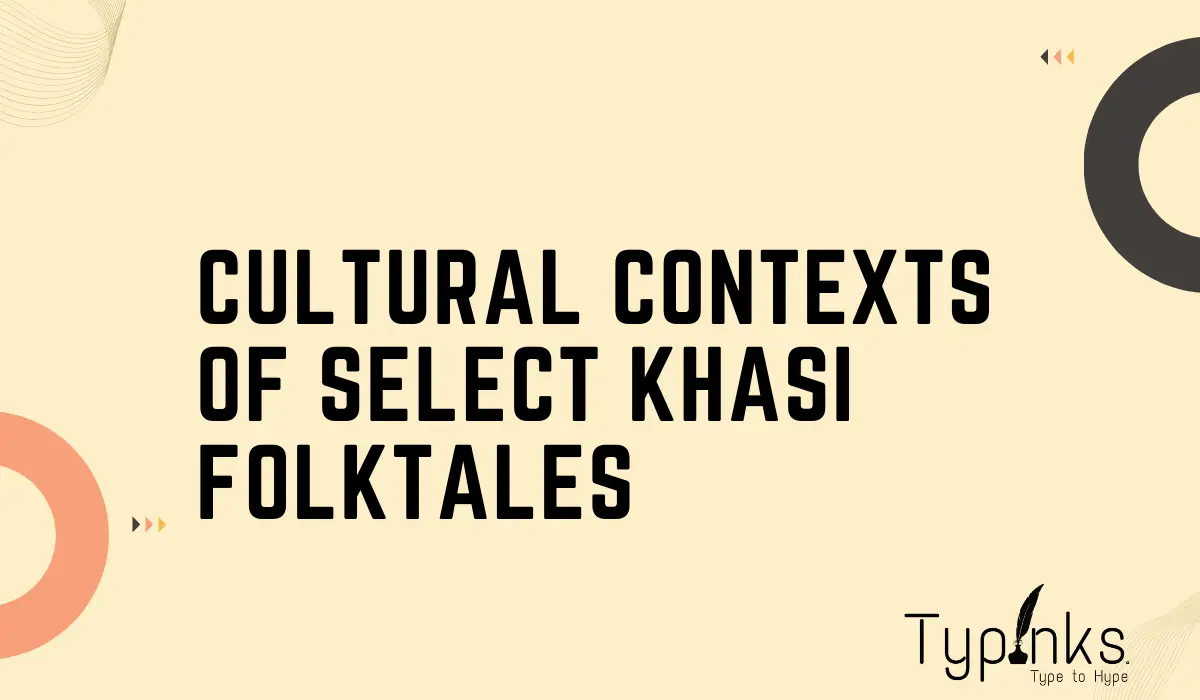
The largest democratic exercise can be witnessed in an election, where a person regardless of his/her socio-economic background is able to vote. India, since its independence, has acquainted with the idea of an election which is free and fair, representative in nature, and administratively effective In the first General election (1951-52), despite India’s imperceptible literacy rate, of approximately 18%, the right to vote was not compromised.
India can be the epitome of a ‘true democracy’, where a nation belongs to the people and not to a regime. Since, India’s first election in 1951-52 upto1967, there existed a simultaneous election for both the Lok Sabha as well as the state legislature. However,this pattern was disrupted as a number of state governments as well as the centre goverment could not finish their tenure of five years. The idea of a synchronized election has been discussed by various committees and was encouraged. In the future, we may see the practical exercise of a ‘One Nation One Election‘.
Long story short
The term ‘One Nation One election‘ is a simultaneous and synchronized election of the Lok Sabha and the State legislative assemblies. The idea was emphasized by Prime Minister Narendra Modi at the 80th All India Presiding Officers Conference and suggested that a single voter list to be used in both the Lok Sabha and state elections.
Advantages
However, any change has consequences. The initial effect is in the Constitution, which has to be amended, particularly Article 83, Article 85, Article 172 which defines the duration of the houses of the Parliament, dissolution by the President, and the duration of the state legislatures respectively. Apart from the miniature change in the Indian Constitution, there are various benefits that can be attributed to the idea of a simultaneous election namely;
It Minimizes Time and Resources
The amount of money used during the Lok Sabha election alone is immoderate. According to the New Delhi-based Centre for Media Studies, it was estimated that an unprecedented amount of Rs 50,000 crore ($7 billion) was used during the last General election. In a country where poverty is ubiquitous, a single election comprising both the Centre and the States will reduce the disbursement significantly.
Time which is money for all can be lessened. The accurate period to conduct an election is 4-5 months. If an election for all is conducted the time spent will greatly be reduced. Candidates can focus more on their constitutional duty rather than appeasing people.
A One-time MCC ( Model Code of Conduct) Paves Way For Development
“The MCC is a set of guidelines issued by the Election Commission to regulate political parties and candidates prior to elections, to ensure free and fair election” ~ Sinha PRS
Enforcing the MCC a number of times, will paralyze the policies implemented by the current government. Schemes, Grants cannot be announced during this time. However, this will have a trivial impact, as MCC is only for a short time period.
The Election Commission Workload Reduces
Conducting an election is a logistical nightmare, the commission from time to time argued in favor of a simultaneous election, so as to reduce its burden. If a common election through multiple phases is conducted, manpower productivity does not divert. A teacher can teach, and an excise duty officer can do his/her job. Usually due to lack of manpower in conducting a free and fair election, teachers, custom tax officers are hired to execute an election duty.
Challenges
To a change in a system, confrontation is bound to happen, particularly in a democratic form of government. These are several challenges brought about by the opposing force to a synchronized election,
Dilemma In Voter’s Understanding
An average voter particularly in a pluralistic India, where voter literacy is comparatively low cannot differentiate between a national issue and a local adversary. As Keerthana rightly puts it “National and state issues are different, and holding simultaneous elections is likely to affect the judgment of voters”,
Big Brother Dominance
National parties will have a great influence over the regional parties. This will encourage a one-party system or a two-party system. with which the voice of the local parties who are at the grassroots will diminish. The dream of Gandhi of a decentralized system of governance will in time fade away. Article 40 is enshrined with the ‘Organisation of Village Panchayat‘. Political funding among political parties too may be concentrated only on the national parties as real power lies with them.
A Concern on India’s Quasi-federal structure
The Indian Constitution since its inception grants enormous power to the Centre as compared to the states. This is mainly due to a long colonial rule, a constant threat of succession, and an extremely low literacy rate at the time of India’s independence. With the introduction of a simultaneous election, more power will be attributed to the Centre in the name of formulating policies for development and attaining uniformity in all the states. It will transform India into a Single-Party form of government which will subsequently lead to authoritarianism, as debated by several critics mainly from the opposition party.
Without consensus and consultation with experts, the dream of a ‘One Nation One Election’ is impracticable in India, specifically due to its diverse and complex political and social system. As Priyadarshi Dutta; a writer and researcher in his article ‘One nation,One Election‘ suggests
At present, “one nation, one election” seems more of a rhetoric than a resolution. Even the ruling party knows well that it would be difficult to tackle the situation if simultaneous elections result in hung Assemblies in four or five States simultaneously.
References
- https://www.prsindia.org/theprsblog/model-code-conduct-and-2019-general-elections 07-04-2021
- https://www.thehindu.com/news/national/one-nation-one-election/article28073916.ece
- https://www.dailypioneer.com/2020/columnists/one-nation-one-election.html

The Mother of Modern Indian Poetry really deserves this patent for carving out a new, bold and unconventional style of writing out of the various social constraints.

The aim of this research work is to study the importance of nature and the unique concept of motherhood in relation to nature in the Khasi culture.